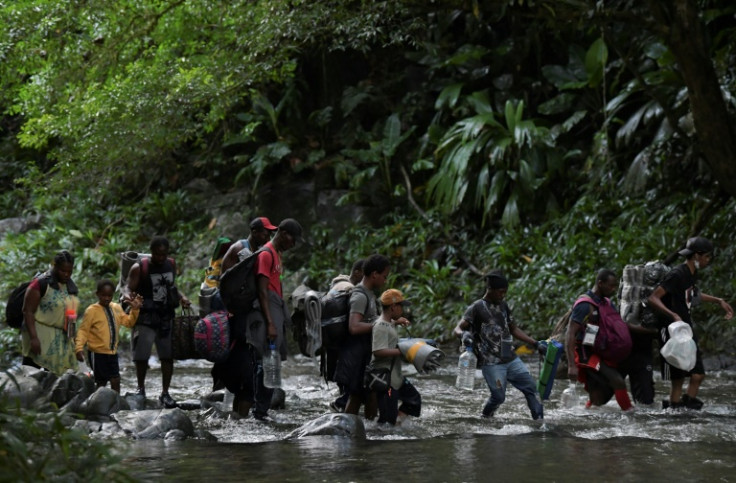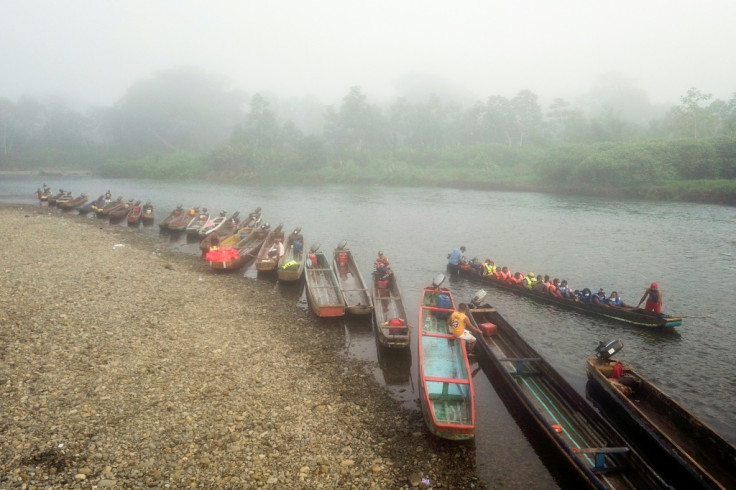
In the first nine months of the 2023, more than 400,000 people passed through the Darién Gap, a dangerous jungle that is used by hundreds of thousands in their attempt to reach the U.S., reported the International Crisis Group.
The figure represents a significant percentage of potential encounters at the U.S. southern border, considering that the vast majority of those who cross head to the country. According to U.S. Customs and Border Protection, there have been about 2.06 million encounters with migrants in the same time period.
The group claims that 22 percent of the traffic at the Darién Gap, which connects Colombia and Panama, consists of families with children and teenagers. The Darién Gap can be advantageous for people without passports due to its low state presence, allowing them to pass through freely.
Crime networks control the region in both countries, according to the report. In Colombia, the Los Gaitanistas group manages a human smuggling network in addition to their drug trafficking and other illegal activities. The surge in migrants has bolstered the group's illicit profits. While the presence of organized crime is less pronounced in Panama, gangs composed primarily of young people engage in robbery, assault, harassment, and have been rumored to commit murder and sexual assault against migrants as they traverse the Darién Gap.
U.S. Backed Efforts to Slow Migration
The ICG says efforts by Colombia and Panama to impede the movement of people or weaken the criminal groups have been unsuccessful in stopping crime in this region.

In early 2023, the U.S. backed a short-term operation alongside Colombia and Panama to bolster the police and military presence in the region to curb human smuggling. Additionally, new pathways were created for migrants to apply for admittance to the United States as refugees. The report stated that none of these efforts dissuaded migrants, with more people than ever crossing the Darién in September.
The report said migrants often pay smugglers large sums of money to be guided through the Darién by land or water, and how much money a person has projects how far they can get. It added that many women who run out of money or have none in the first place are driven to sex work.
Through their journey, the migrants face the threat of heat exhaustion, disease and assault. According to the report, the routes along the Colombian side are safer, but only because they are under the Gaitanista's coercive supervision. Because they run cocaine along the Darién, they impose discipline and say they do not endorse violence against migrants.
The report also details the struggles to combat the mentioned issues in the area, saying investment in border security is central to this response, although progress depends on U.S. financial support and improved cooperation between Panama and Colombia.
But, aside from this, the underlying issue remains: there's a need to address the economic and security crises in Venezuela, Haiti and Ecuador, which account for 85 percent of migrants.
© 2025 Latin Times. All rights reserved. Do not reproduce without permission.




